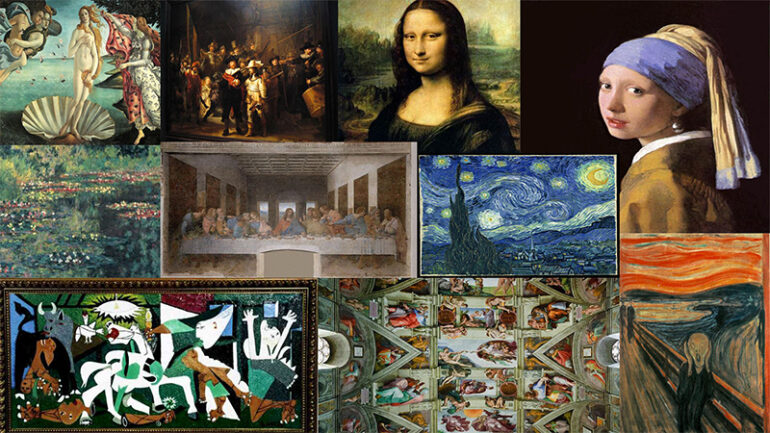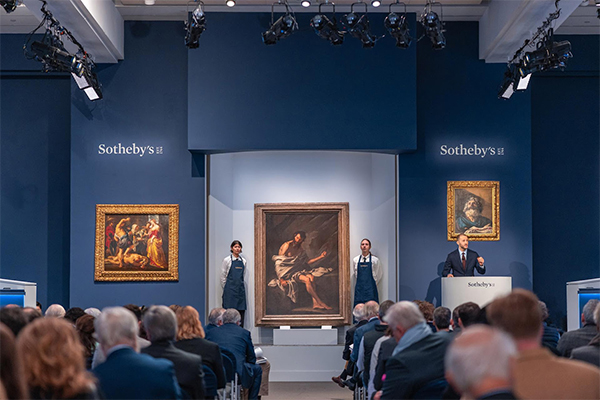How artworks are valued dramatically has changed over the centuries. Medieval paintings were often extravagant and crafted from gold and other expensive materials. These were used to show religious devotion or the patron’s wealth and position in artworks.
Artists were seen as skilled manual workers, craftspeople, or artisans. However, renaissance painters vehemently opposed this. They want recognition as original thinkers and creative problem solvers. Although they gained social importance, it would take another two centuries before they became valued like they are today.
In modern times, the worth of an artwork is often the outcome of something else. It can primarily depend on the artist’s popularity, provenance, and price set on an auction. Even if Van Gogh had painted on a napkin, it would have been valuable merely because it was by Van Gogh.
An Artwork’s Intrinsic and Social Significance
Intrinsic worth concerns the viewer’s emotional response to a work of art and the experiences it elicits. Its values are also affected by global events. After all, artworks often reflect the cultural norms of their period, and political and historical shifts shaped the process by which they were commercialized.
Society’s interpretation is another factor. Art is undoubtedly a communication, as it conveys ideas, sentiments, values, and concepts that various people may interpret differently but still vehiculate thoughts about the human condition. When artists create a piece, they communicate something to the audience. It can be a tale, a feeling, or some aspect of their culture.
Its value may be more expensive if its creator has a tragic or otherwise intriguing history, such as an untimely demise. Artists’ lives tend to interest the audience. Thus, any intriguing story will increase the value of their work, even if they died young and produced little.
The Medium and Quality
The value of a painting is affected by several factors, including its color. For example, artworks with prominent uses of red dye have had higher price tags for centuries. The subject matter boosts the painting’s worth and the medium used to make it. Some paintings, such as those on canvas, primarily paintings, may cost a lot of money.
Furthermore, an artist’s interpretation is influenced by the medium in which it was created. The quality of the medium and techniques utilized to preserve it indeed affect the artwork’s longevity.
An Artwork Sold at Auctions
Buyers and sellers engage in a dynamic game of interaction and payout wagering to determine the winning offer. Professional auctioneers are competent salespeople who contribute to the ever-increasing bidding prices.
It’s interesting to think about how prices are set and why specific artworks cost more than others. An auction strategy to which all bidders have values they adhere to is an excellent place to start, but the levels of complexity that can be attained need a lot of knowledge and experience.
Provenance is a critical factor in determining the worth of an artwork. In other words, the painting’s previous owners. Having owned a famous person, collector, or gallery will increase the value of any artwork significantly when it goes up for auction. When more works by specific artists are housed in public museums, fewer pieces will be available for sale, increasing the value of the few on the market. Artwork from a well-known artist recognized with awards and shown in more expensive exhibits is more likely to fetch a premium price in the market. Other works by the same artist will likely increase in value if one of their paintings has recently sold for a large sum.
Photo Attribution:
1st and featured image by https://images5.alphacoders.com/424/424603.jpg
2nd image by https://news.artnet.com/app/news-upload/2023/01/OM-Sothebys-Installation.jpg

